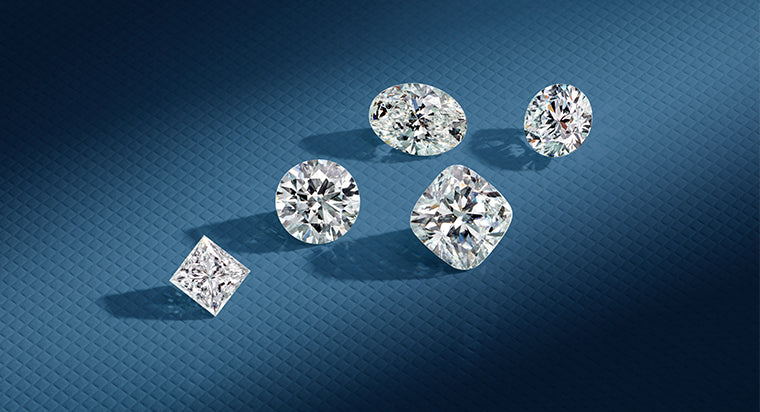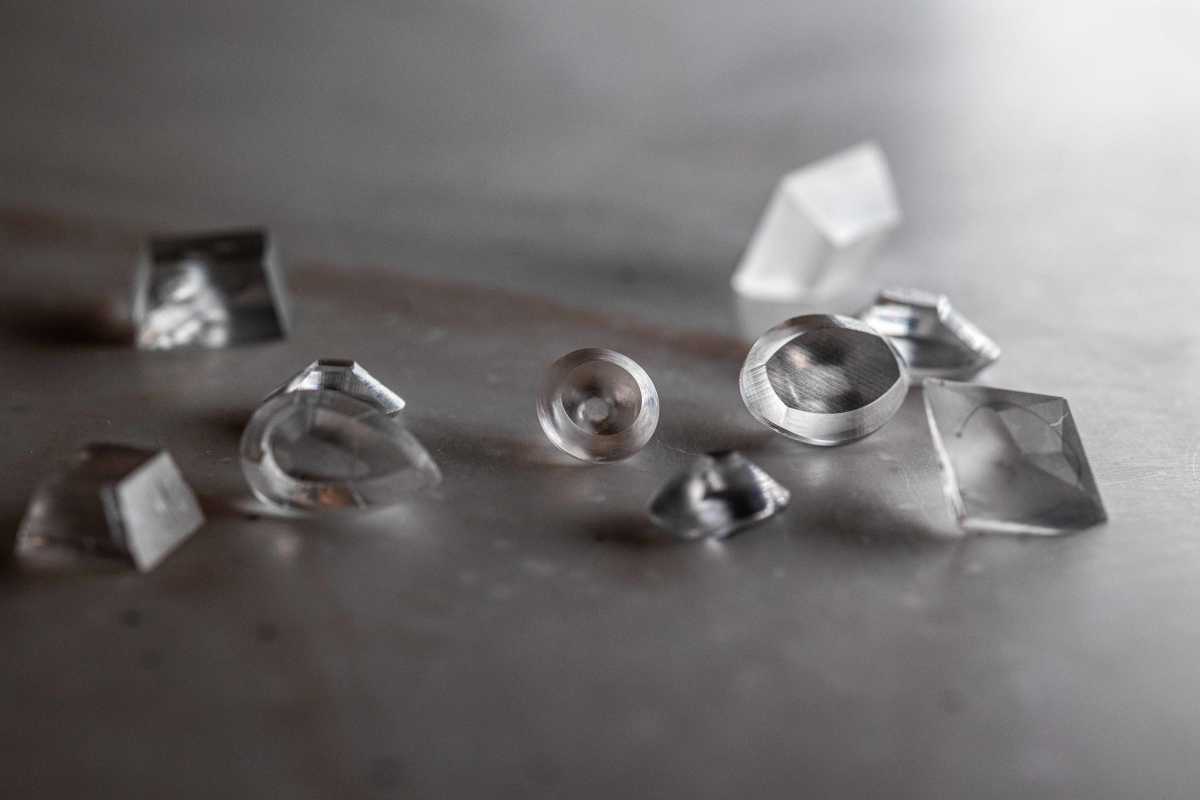Diamonds have long been a symbol of love, luxury, and status. Traditionally, natural diamonds have been sought after for their rarity and beauty. However, in recent years, lab-created diamonds have emerged as a significant player in the jewelry market, offering an alternative to mined diamonds. In this article, we will explore insider story of lab diamonds better and how they have revolutionized the diamond industry.
The Birth of Lab-Created Diamonds
The journey of lab-created diamonds began decades ago. Scientists and researchers wanted to replicate the conditions that occur deep within the Earth, where natural diamonds are formed. They succeeded in creating diamonds in a laboratory setting using high-pressure, high-temperature (HPHT) methods and chemical vapor deposition (CVD). These advancements paved the way for lab-created diamonds, also known as lab-grown or man-made diamonds.
Lab-created diamonds are chemically and physically identical to their natural counterparts. The only difference is their origin. While mined diamonds take millions of years to form, lab diamonds are created in a matter of weeks or months. This makes lab diamonds a more sustainable and ethical choice, as they do not contribute to the environmental damage associated with mining.
The Benefits of Lab-Created Diamonds
One of the main advantages of lab-created diamonds is their affordability. Because they are made in a controlled environment, lab diamonds cost significantly less than natural diamonds. This allows consumers to purchase larger or higher-quality diamonds for the same price. Lab diamonds also offer a wider range of options in terms of color, clarity, and size.
In addition to being more affordable, lab diamonds are also environmentally friendly. Traditional diamond mining can cause significant environmental harm, including deforestation, habitat destruction, and water pollution. By choosing lab-created diamonds, consumers can support a more sustainable industry that minimizes these negative impacts.
Another key benefit of lab diamonds is their ethical nature. The diamond mining industry has long been associated with human rights violations, including child labor, exploitation, and conflict financing. Lab diamonds, on the other hand, are produced in a controlled and transparent environment, where workers’ rights are protected, and the risk of unethical practices is minimized.
How Lab-Created Diamonds Are Made
The process of creating lab diamonds is both fascinating and complex. There are two main methods used to create these lab created diamonds: high-pressure, high-temperature (HPHT) and chemical vapor deposition (CVD).
In the HPHT method, a small diamond seed is placed in a chamber with carbon and subjected to extreme pressure and heat. This mimics the natural conditions that cause diamonds to form deep within the Earth’s mantle. Over time, the carbon bonds with the seed and crystallizes into a full diamond.
The CVD method, on the other hand, involves using a gas mixture to deposit carbon atoms onto a diamond seed. The gas is heated to high temperatures, causing the carbon atoms to bond and grow into a diamond. This method is more commonly used for producing diamonds in various shapes and sizes, as it allows for greater control over the growth process.
Both methods result in lab-created diamonds that are virtually indistinguishable from mined diamonds. They have the same chemical composition, crystal structure, and physical properties, making them an excellent choice for anyone looking for a high-quality diamond.
The Growing Popularity of Lab-Created Diamonds
Over the past decade, lab-created diamonds have gained significant traction in the jewelry market. Consumers are increasingly aware of the ethical and environmental concerns associated with mined diamonds, and many are choosing lab-created options as a more responsible alternative. Additionally, the affordability of lab diamonds has made them an attractive option for those looking to purchase a beautiful, high-quality diamond without breaking the bank.
The popularity of lab-created diamonds has also been fueled by advancements in technology. As the production processes become more efficient and cost-effective, lab diamonds are becoming more accessible to a wider range of consumers. Jewelers are now offering a wide selection of lab-created diamond rings, necklaces, earrings, and other pieces, making it easier than ever to find the perfect piece of jewelry.
Lab-Created Diamonds vs. Mined Diamonds
While both lab-created and mined diamonds are beautiful and valuable, there are some key differences between the two. The most obvious difference is their origin. Mined diamonds are extracted from the Earth, often through environmentally harmful and unethical practices, while lab-created diamonds are produced in a controlled, sustainable environment.
From a physical standpoint, there is no difference between the two. Lab-created diamonds have the same chemical composition, crystal structure, and hardness as mined diamonds. They are virtually identical to their natural counterparts and can be cut and polished in the same way.
One of the main advantages of lab diamonds is their affordability. Because they are produced in a laboratory setting, the cost of production is lower, which allows consumers to purchase a larger or higher-quality diamond for a fraction of the price of a mined diamond.
The Future of Lab-Created Diamonds
The future of lab-created diamonds looks incredibly promising. As technology continues to improve, the production of lab diamonds will become even more efficient and cost-effective. This will make them more accessible to a wider range of consumers and further reduce the environmental and ethical concerns associated with mined diamonds.
Lab diamonds are also gaining popularity in other industries, such as electronics and industrial applications. Their hardness and conductivity make them ideal for use in cutting tools, semiconductors, and other high-performance materials. This diversification of lab diamond use could lead to even greater innovation and growth in the industry.
Conclusion
The insider story of lab-created diamonds is one of innovation, sustainability, and ethics. As the demand for these diamonds grows, more consumers are recognizing the benefits of choosing lab-created over mined diamonds. With their affordability, environmental friendliness, and ethical production process, lab diamonds are undoubtedly shaping the future of the diamond industry. Whether you’re looking for a beautiful engagement ring or a unique piece of jewelry, lab-created diamonds offer a compelling alternative to traditional diamonds, and their popularity is only set to increase in the years to come.



